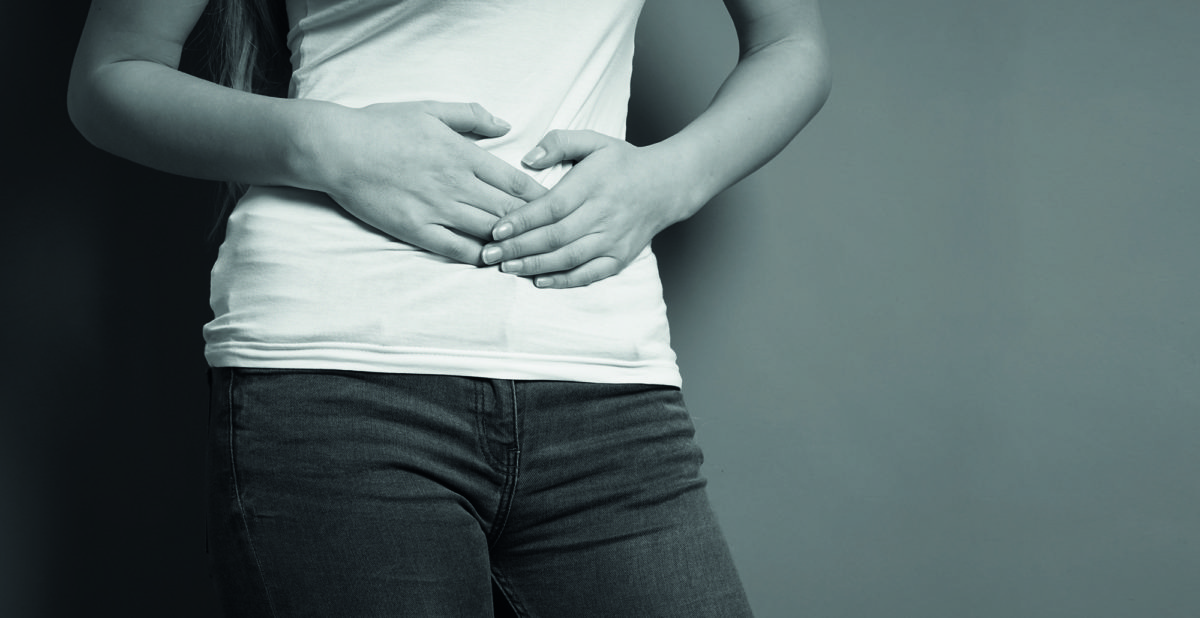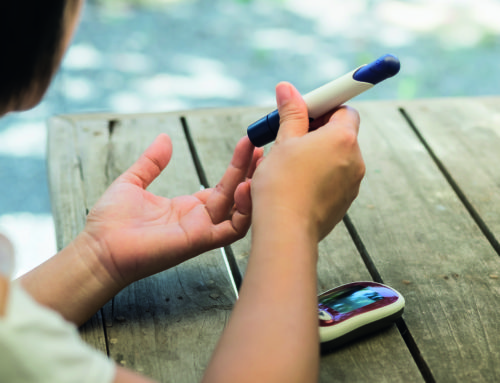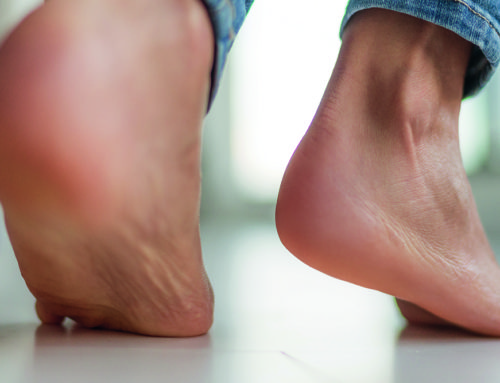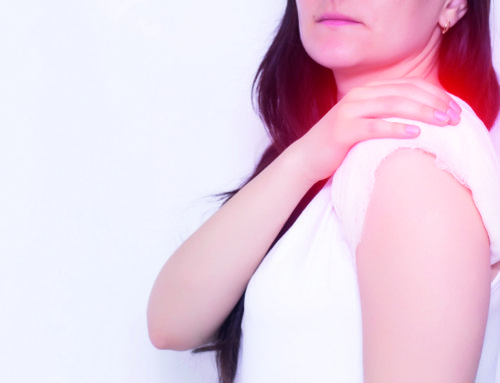Intestinal failure is the clinical syndrome in which a patient is unable to digest and absorb food owing to there being insufficient gut length, significant gut disease, or an obstructed or non-functioning gut. As such, patients with intestinal failure can present in a number of different ways and require disparate strategies to manage it. Here, Dr JAD Stewart, Consultant Gastroenterologist and Clinical Lead for Intestinal Failure, Leicester Royal Infirmary, University Hospitals of Leicester, provides an introduction and overview of the condition.
What are the Causes of Intestinal Failure?
1. Insufficient Small Bowel Length
Small bowel length can be reduced by surgical resection. This may be a result of surgery to treat an underlying disease or following mesenteric infarction. Remaining lengths of small bowel under two metres can cause problems, especially when there is a jejunostomy present.
If the remaining small bowel is connected to the colon, patients can often manage without developing intestinal failure (IF).
However, this depends on the amount of remaining small bowel attached to the colon.
2. Gut Disease
Small bowel disease can affect the digestion and absorption of nutrients. This essentially gives a ‘functional short bowel’. A condition which may affect the small bowel in such a way is Crohn’s disease, through widespread inflammation of entero-enteric fistulation causing a ‘functional short bowel’.
3. Obstructed and Non-Functioning Gut
Should the bowel be obstructed from pathology, such as adhesions or extensive intra-abdominal malignancy, then it will seriously impair its ability to function, leading to IF. Occasionally autonomic conditions can lead to a non-functioning gut and this is another cause of IF.
What is the Effect of IF?
IF can result in reduced absorption of energy, macro- and micronutrients, fluid, electrolytes and trace elements. This can result in dramatic weight loss, dehydration, vitamin deficiency syndromes and diseases related to lack of trace elements. Coupled with this, there can be huge losses of fluids and electrolytes from the bowel (depending on the remaining anatomy). This is a particular problem with high output jejunostomy.
The gastrointestinal tract produces a high volume of secretions daily, in the region of eight litres per day. These secretions are slowly reabsorbed through the small bowel and colon.
If the colon is removed and only a small amount of small bowel remains then the effect will be a net secretion of GI contents leading to a net fluid loss. This results in dehydration.
Furthermore, excessive electrolytes will be lost, in particular, sodium, potassium and magnesium, leading to the possibility of dangerous electrolyte imbalances.
In patients with high output jejunostomy the situation is exacerbated if hypotonic fluids (fluids with lower osmolality than the intestinal secretions within the bowel lumen) are drunk in excess. This has the effect of flushing electrolytes out of the bowel lumen which in turn causes fluid to be drawn out of the bowel wall into the lumen, thus increasing fluid and electrolyte losses. This makes the restriction of hypotonic fluids absolutely vital to the effective management of high output stoma patients.
The old adage of ‘drink the same volume that your stoma produces’ is profoundly wrong and patients should not be advised as such.
The provision of WHO oral rehydration solution is a keystone of treatment as it is isotonic, thus reducing fluid sodium loss.
The colon plays an important role in water reabsorption, thus in contrast to the high output stoma patients described above, patients with a short bowel to colon are less prone to dehydration.
Clearly with a reduced small bowel length there will be limited surface area to enable adequate nutrient absorption leading to malnutrition.
How is IF Treated?
The treatment depends largely on the anatomy:
Short bowel to colon: This should be treated with a low fat, low oxalate, high carbohydrate diet. A specialist dietitian should be involved in care to ensure that nutrition requirements can be met. If the remaining small bowel is small (see table) these patients may require additional fluids or parenteral nutrition.
High output jejunostomy: This is a complex area that can’t be adequately covered in a short article.
However, the principles are:
• Reduce intestinal secretions – high dose proton pump inhibitor therapy, e.g. lansoprazole 30mg bd
• Reduce gut motility – high dose loperamide +/- codeine phosphate, e.g. loperamide 12mg qds + codeine phosphate 60mg qds
• Reduce hypotonic fluids – less than 500mls / day
• Oral rehydration solution – WHO solution or double-strength diaoralyte (1-1.5 litres)
• Low fibre diet (fibre will draw water into the bowel)
IF can sometimes be treated with the above measures alone. The more common situation however is to supply parenteral nutrition or parenteral fluids and electrolytes to support the patient.
Parenteral Nutrition
What is Parenteral Nutrition?
Parenteral Nutrition (PN) is an admixture of fluid, fat, amino acids, glucose, trace elements and vitamins. It is highly metabolically active.
As such, it has to be prescribed only when necessary and with great care. The role of an experienced senior dietitian and pharmacist are essential in ensuring that the prescription is appropriate, stable and correct. Bags of parenteral nutrition are usually covered with an opaque plastic bag to protect the contents from light. This is because both the fats and vitamins in PN are prone to peroxidation and photo degradation.
How do you Give PN?
PN is delivered via either a Hickman line or a peripherally inserted central catheter (PICC). A Hickman line is a venous device which is inserted into the subclavian vein. It is often tunnelled under the skin and has a subcutaneous cuff, both of which reduce the risk of infection.
A PICC line is inserted into a vein in the arm (often in anterior cubital fossa) and threaded up the vein until the tip is in the ideal position. The tip of the delivery device must be situated at the junction of the superior vena cava and right atrium. This is to reduce the risk of thrombosis and mechanical trauma caused by the PN and delivery devices respectfully.
What are the Complications of PN?
The complications can be divided into those related to the central venous catheter (CVC) and those related to the PN per se.
Problems with the CVC include fracture, infection, thrombosis and blockage. The risk of these can be significantly reduced with aseptic technique when accessing the line, good line care and flushing the line when not in use.
Problems with the PN are largely related to inappropriate prescriptions and / or inadequate monitoring of electrolytes.
Home Parenteral Nutrition
Many patients with IF require medium or long-term nutritional support at home; known as Home Parenteral Nutrition (HPN). Patients are trained to administer their PN overnight at home and taught how to aseptically connect / disconnect the feed and look after their venous access device. They also require regular blood testing to ensure that they are not developing biochemical abnormalities. This requires the support of a dedicated hospital-based intestinal failure team whom the patient can contact if problems arise and who they can visit in dedicated IF clinics.
About the Author
Jim Stewart trained in Leicester and was appointed as a Consultant Gastroenterologist at the University Hospitals of Leicester in 2000. He has had a career-long interest in nutrition and has been the Clinical Lead for Nutrition since 2006. Since that time he has expanded and developed the Leicester Intestinal Failure Team into a large multidisciplinary service. He was co-author of the NCEPOD report, ‘A Mixed Bag’ – a national review of PN. He is a faculty member of the Coventry-Leicester Intestinal Failure Network.
For more information, email
James.stewart@uhl-tr.nhs.uk, tweet @Leicnut, or visit www.clifnet.org.








